It’s mid-spring, that chaotically beautiful, explosively fast-growing, helter-skelterish time of the Irish gardening year when nature seems to say “Let’s party!” But just don’t party too hard, because if ever there was a month to get busy in the garden then it’s surely April, when even a few afternoons spent sowing, planting, weeding and pruning will yield rich dividends by laying down the foundations for a beautiful summer garden.
If, for example, you have long dreamt of picnicking on a soft, thick sward of velvety-green grass, then now’s the time to start mowing your lawn to get it ship-shape for summer. Just make sure to pick a dry day, to “walk” it first in order to safely remove any fallen branches or other debris, and to adjust your lawnmower’s blades to their highest setting until the grass has a chance to get used to the new mowing regime.
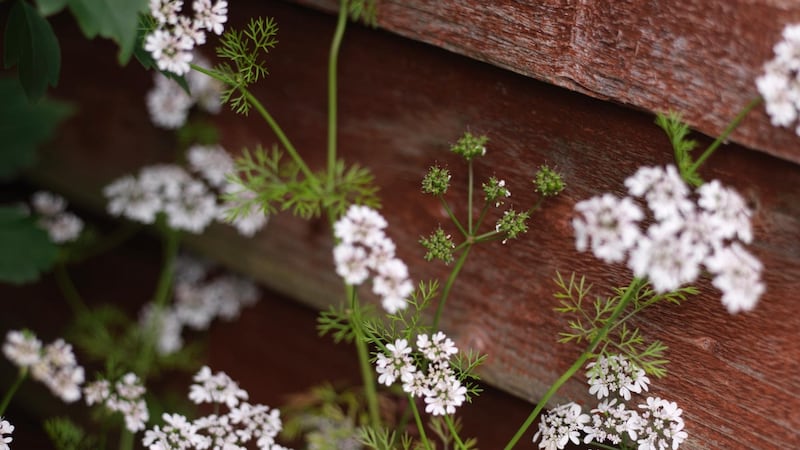
If it still looks miserable after several cuts – lots of bare spots or mossy patches, for example – then there are several nature-friendly ways to restore it without resorting to environmentally damaging chemicals (I’m firmly of the belief that no lawn is worth that).
Raking vigorously
Start by raking it vigorously to loosen and remove any moss or “thatch” (the dead grass buried at the base of the plant) or, if it’s a large area, hire a machine known as a “scarifier” to do the job for you.
Next, look for any signs of compaction (bare, hard patches of soil with poor drainage and yellowish grass growth). Wherever you spot these tell-tale signs, repeatedly spike the soil surface (to a depth of 8-12cm) with a garden fork.
Again, for large areas, it’s worth considering renting a mechanical lawn aerator for this purpose. Follow by filling in any obvious hollows with some decent top soil and firming it down gently.
Then finish off by lightly sprinkling lawn seed over any patchy growth and gently raking this in to ensure good contact with the soil. Your woebegone, bedraggled lawn should show obvious signs of improvement within a few weeks.
That velvety summer lawn aside, April's also a great month to start planning some summer pots by sowing seed of many hardworking, long-flowering annuals such as cosmos, bells of Ireland (Moluccella laevis), honeywort (Cerinthe) and salvias (Salvia viridis) to provide months of colourful displays. Sow seed within the next fortnight under cover and in gentle heat, into trays or small pots filled with good-quality seed compost.
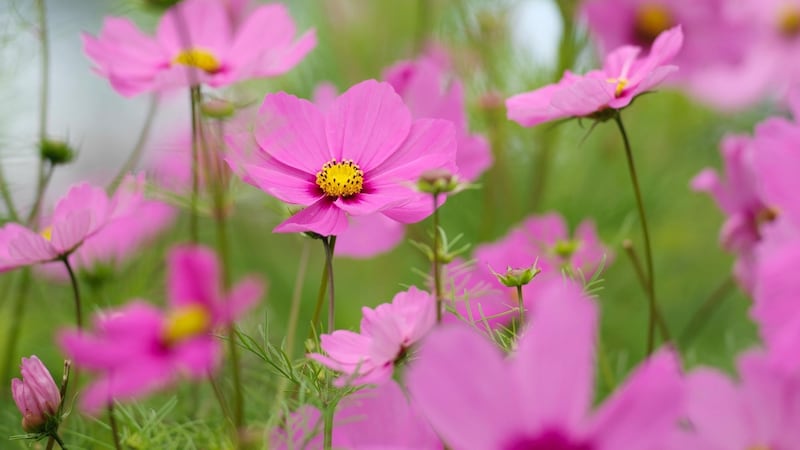
Bedding plants
Once the young seedlings have developed their first true leaves, gently prick them out into cell trays/individual pots, then place them somewhere bright but not too warm before transplanting them outdoors into their final growing positions in late May. Not only is this process of raising bedding plants from seed both hugely rewarding and economical, it gives you the choice of a far greater range of varieties than would ever be available to buy in a garden centre.
To extend that flowery display right into late autumn, add a few dahlias to the mix. Again, this is a great month to raise these long-flowering plants from potted tubers, for transplanting out into the garden or allotment in late May. Alternatively, buy them as young potted specimens in a garden centre or at one of the excellent Irish Specialist Nursery Association (ISNA) plant fairs taking place at various venues around the country this spring (see irishspecialistnurseriesassociation.com).
Sunny borders
Dahlias flourish in sunny borders enriched with manure, but there are plenty of compact varieties suitable for container-growing such as Dahlia ‘Crème de Cassis’ or ‘Melody Allegro’. An added boon is that the dahlia’s decorative flowers are edible, meaning you can use a sprinkle of its petals to add brilliant pops of colour to a salad, summer cocktail or pudding.
Other edible flowers easily grown from seed sown under cover this month include pot marigolds (Calendula), cornflowers, nasturtiums, borage, dill and coriander. Plus let’s not forget the edible flowers of some vegetables, including courgettes and runner beans (sow seed from mid-April onwards).
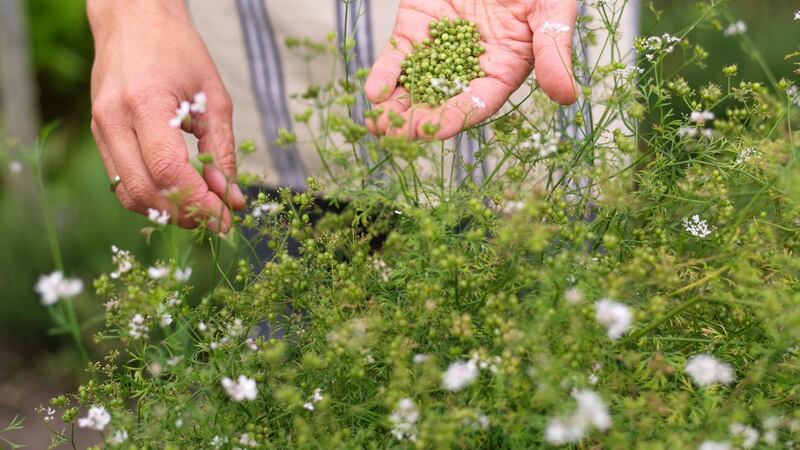
Meanwhile, if you are itching to get going outdoors in the allotment/ kitchen garden, then vegetables suitable for direct sowing outdoors this month include early peas, radish, turnips, onions (as sets) and maincrop potatoes. (Maincrop potatoes are those varieties you buy with a view to storing and using over winter such as Cara, King Edward or Maris Piper). Sweet pea plants can also be planted outside now for an early display of flowers.

April is also the month to give the plants already growing in your garden some tender loving care. For example, the abundant spring growth of climbing plants such as clematis and roses needs to be gently tied/ trained against a sturdy support, while these plants also appreciate a mulch of manure/ garden compost around their roots.

Some early-spring-flowering shrubs such as forsythia also benefit from gentle April pruning, as does English lavender (Lavandula angustifolia). And if you still have a few hours to spare (lucky you), then April is also the best time to plant this long-flowering, sun-loving aromatic shrub.
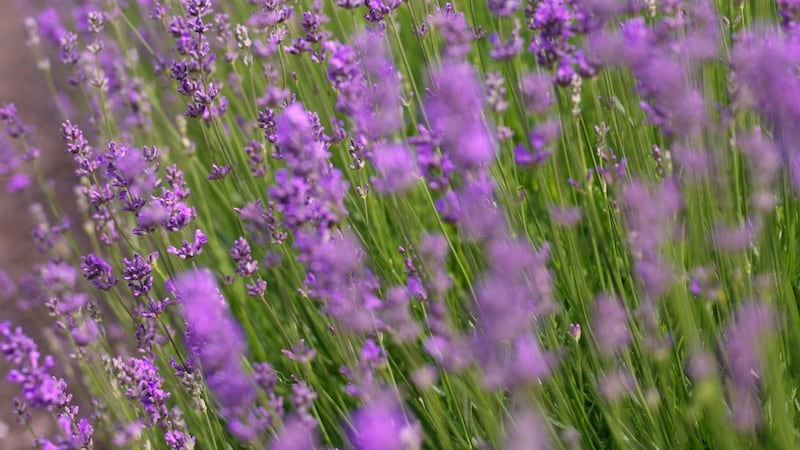
The fact that its perfumed, edible, pollinator-friendly purple flowers can be used to flavour homemade ice-cream, cakes, biscuits, jams and syrups, to infuse vinegar, to perfume bathwater and make a scented potpourri would make it time that’s very well spent.
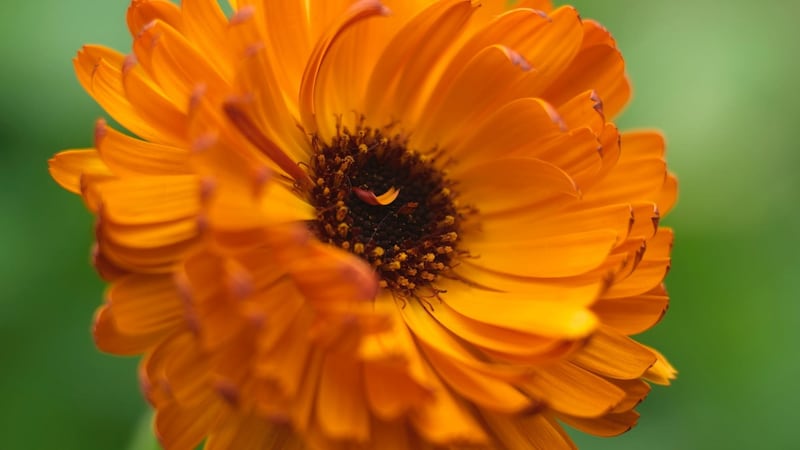
This Week in the Garden
Give the soil around the base of soft fruit plants such as strawberries, raspberries and currant bushes a generous mulch of well-rotted manure or garden compost, making sure to remove any weed growth before you do so. Applied annually in this way, organic mulches help greatly to improve/maintain soil fertility and plant health as well as to prevent weed germination.
Start cutting back the old stems of shrubby garden salvias (examples include ‘Cerro Potosi’, ‘Wendy’s Surprise’ and ‘Hot Lips’) to where you see signs of new growth. This helps prevent the plants from becoming straggly and encourages lots of bushy new growth.
If you grow rhubarb, then now is the time to harvest its delicious pink stems to use in puddings, crumbles, pies or even to make a delightfully-pink rhubarb lemonade. When harvesting, always make sure to pull the stems from the plant rather than cutting them (take hold of each ‘stick’ close to where it emerges from the base of the plant and give it a gentle tug). This method of harvesting prevents disease from entering the plant. Rather than composting its poisonous leaves, chop them up and place them as a mulch around the base of the plant where they will help prevent weed growth.
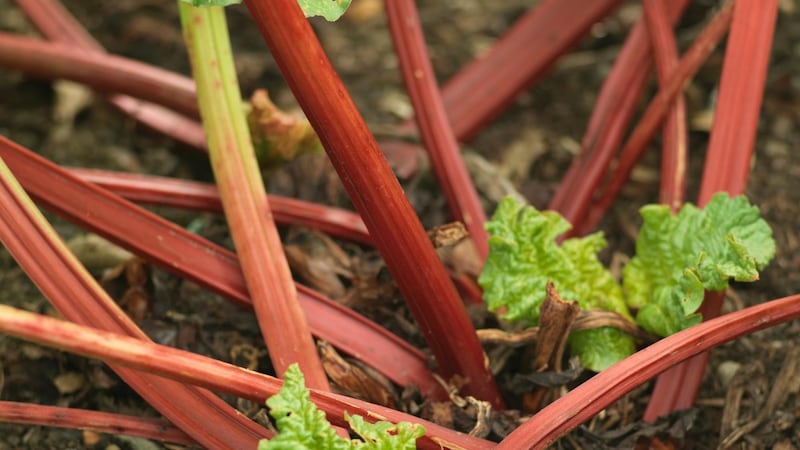
Dates For Your Diary
Tomorrow (Sunday, April 9th, 9.30am-5pm), Airfield Estate, Overend Way, Dundrum, Dublin 14, Irish Specialist Nursery Plant Fair featuring perennials, trees, shrubs, exotics, alpines and garden paraphernalia, admission €5, see irishspecialistnurseriessassociation.com; Also tomorrow (Sunday, April 9th, 2-5pm), St Andrew's Parish Centre, Church Rd, Malahide, Malahide Horticultural Society Spring Show (see malahidehorticulturalsociety.com for details): April 13th-May 1st, Kiltrea Bridge, Enniscorthy, Co Wexford, Kiltrea Pottery's annual Easter Sale featuring a wide choice of hand-thrown garden pots, (see kiltreapottery.com for opening hours).













